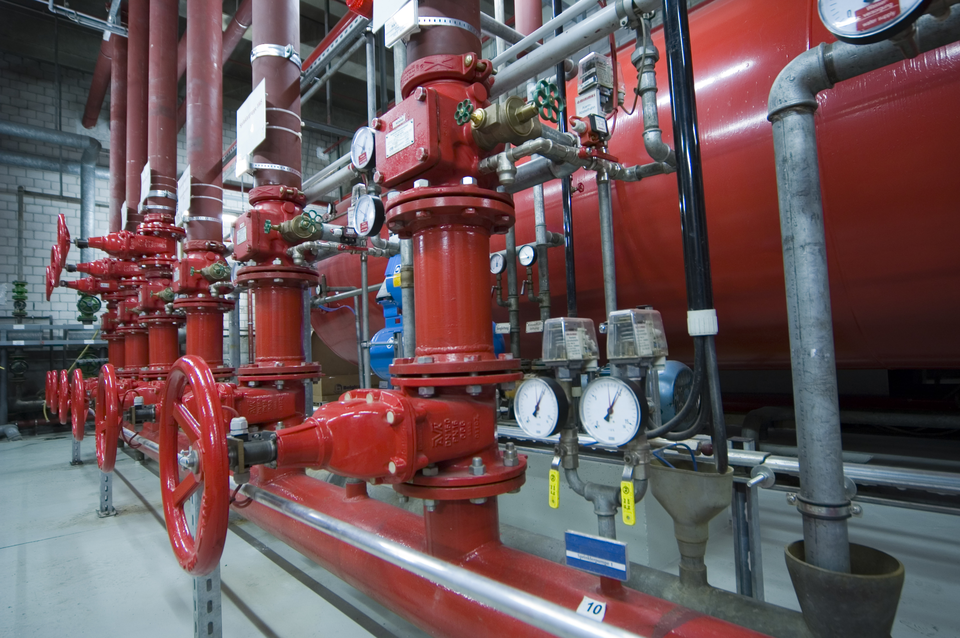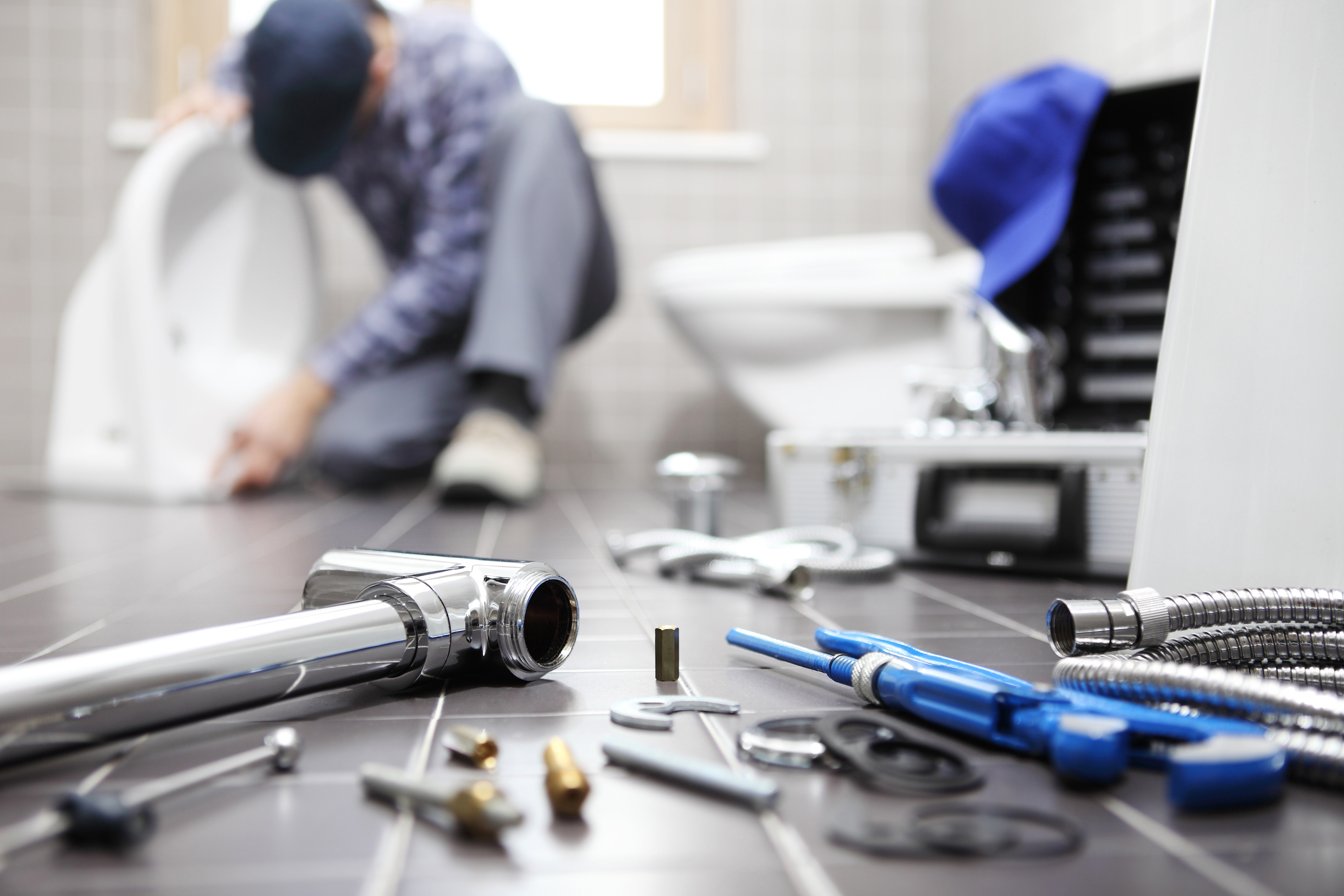Recommended Ways for Dealing with Low Water Pressure in Your Home
Recommended Ways for Dealing with Low Water Pressure in Your Home
Blog Article
They are making a number of great points on the subject of 10 Reasons for Low Water Pressure in Your House as a whole in the content which follows.

Low water pressure in your home can be a discouraging trouble, influencing whatever from showering to cleaning recipes. If you're experiencing weak water flow, there are a number of possible causes and options to discover. In this overview, we'll review usual reasons for low water stress and functional steps to address the concern successfully.
Intro to Low Water Pressure
Low water pressure happens when the flow of water from your taps, showers, and other components is weaker than common. This can make daily tasks much more difficult and much less efficient. Comprehending the causes of low water pressure is critical to finding the appropriate option.
Common Root Causes Of Low Water Stress
Pipe Obstructions
With time, pipes can come to be blocked with natural resource, sediment, or debris, restricting the flow of water. This is a common issue in older homes with galvanized steel pipes.
Rust
Corrosion within pipes can bring about leaks and reduced water pressure. Corrosion buildup can restrict water circulation, especially in maturing plumbing systems.
Faulty Stress Regulators
Stress regulatory authorities are accountable for keeping regular water pressure in your home. If they malfunction, it can cause low water stress or uneven circulation throughout your home.
Community Supply Of Water Issues
Sometimes, the issue lies outside your home. Community water system issues, such as main line leakages or upkeep work, can temporarily minimize water pressure in your area.
Just How to Identify Low Tide Pressure
Examining Faucets and Components
Start by testing the water stress at various taps and fixtures throughout your home. If the concern is separated to details areas, it might suggest local troubles.
Evaluating Pipes
Examine noticeable pipes for signs of leaks, rust, or clogs. Take note of any unusual noises, such as knocking or rattling pipelines, which can indicate problems within the plumbing system.
Consulting with a Plumber
If you're not able to identify the source of low water stress, consider hiring a professional plumber to carry out a thorough inspection. They can identify underlying issues and advise ideal solutions.
DIY Solutions to Fix Low Water Pressure
Cleaning Aerators and Showerheads
Mineral deposits can build up in aerators and showerheads, minimizing water flow. Eliminate and clean up these components frequently to enhance water pressure.
Flushing Water Heater
Sediment buildup in the hot water heater can limit circulation and decrease efficiency. Flushing the storage tank occasionally helps remove sediment and maintain optimum efficiency.
Checking Pressure Regulatory Authority
Make certain that the pressure regulator is operating appropriately. Changing or replacing the regulator can help recover correct water stress throughout your home.
Cleaning Clogs in Pipeline
For minor blockages, attempt utilizing a plumbing snake or chemical drainpipe cleaner to clear obstructions in pipelines. Be cautious when using chemicals and adhere to safety and security guidelines.
When to Call a Professional Plumber
If do it yourself efforts fall short to solve the issue or if you believe considerable plumbing issues, it's best to look for assistance from a qualified plumber. They have the experience and tools to resolve complicated problems securely and efficiently.
Preventive Measures to Preserve Water Stress
Routine Upkeep
Arrange routine maintenance for your plumbing system to avoid problems such as rust, leakages, and clogs. Dealing with small problems early can help avoid even more substantial repair work in the future.
Installing a Pressure Booster
Take into consideration installing a stress booster pump to enhance water stress in locations with regularly reduced flow. This can be especially valuable for multi-story homes or homes with high-demand components.
Tracking Water Use
Bear in mind water use practices and avoid ill-using the plumbing system. Easy adjustments, such as staggering showers and laundry tons, can aid keep adequate water pressure.
Final thought
Taking care of low tide pressure can be aggravating, however recognizing the underlying causes and executing appropriate services can restore optimal flow throughout your home. Whether it's cleaning aerators, checking pipes, or seeking advice from a plumber, taking aggressive actions can ensure a stable supply of water for your day-to-day needs.
FOUR WAYS TO FIX LOW WATER PRESSURE NOW
Turning on a shower or faucet only to find the water comes out in a sad, slow drizzle is never a good feeling. How exactly are you supposed to wash a pan or take a quick shower when it takes 10 minutes just to rinse off a little soap? The good news is that when your water pressure is bad, there's always a cause: typically one that can be easily fixed. Here are some of the most common causes of low pressure and what you can do to fix the issue:
DEBRIS AND MINERAL DEPOSIT BUILDUPS
If you notice low water pressure from just one or two of the fixtures in your house, the problem likely has to do with debris buildup. Water is full of minerals and other debris, all of which can accumulate in your pipes and on your fixtures. This can cause a blockage that affects how much water flows through. To fix this, try filling a small plastic bag with white vinegar, and use a rubber band to hang it around your showerhead or faucet. Let the head of the fixture soak for a few hours, and the vinegar should loosen the deposits.
WATER LEAKS
Leaks are another common cause of low water pressure. If water is flowing out of your plumbing through a hole or crack before it can reach your fixture, the pressure coming out of the faucet or showerhead will be lower. A plumbing professional is your best bet for finding and repairing a leak in your water supply pipes.
Leaks are another common cause of low water pressure. If water is flowing out of your plumbing through a hole or crack before it can reach your fixture, the pressure coming out of the faucet or showerhead will be lower. A plumbing professional is your best bet for finding and repairing a leak in your water supply pipes.
FOUR WAYS TO FIX LOW WATER PRESSURE NOW
Turning on a shower or faucet only to find the water comes out in a sad, slow drizzle is never a good feeling. How exactly are you supposed to wash a pan or take a quick shower when it takes 10 minutes just to rinse off a little soap? The good news is that when your water pressure is bad, there's always a cause: typically one that can be easily fixed. Here are some of the most common causes of low pressure and what you can do to fix the issue:
DEBRIS AND MINERAL DEPOSIT BUILDUPS
If you notice low water pressure from just one or two of the fixtures in your house, the problem likely has to do with debris buildup. Water is full of minerals and other debris, all of which can accumulate in your pipes and on your fixtures. This can cause a blockage that affects how much water flows through. To fix this, try filling a small plastic bag with white vinegar, and use a rubber band to hang it around your showerhead or faucet. Let the head of the fixture soak for a few hours, and the vinegar should loosen the deposits.
WATER LEAKS
Leaks are another common cause of low water pressure. If water is flowing out of your plumbing through a hole or crack before it can reach your fixture, the pressure coming out of the faucet or showerhead will be lower. A plumbing professional is your best bet for finding and repairing a leak in your water supply pipes.
Leaks are another common cause of low water pressure. If water is flowing out of your plumbing through a hole or crack before it can reach your fixture, the pressure coming out of the faucet or showerhead will be lower. A plumbing professional is your best bet for finding and repairing a leak in your water supply pipes.
A VALVE ISSUE
If you have low water pressure throughout your home, check your main shut-off valve to make sure it's completely open. You may also want to see if there's a pressure-reducing valve installed. If there is, have a plumber help you adjust the settings to get the pressure you're looking for.
OTHERS USING WATER
Believe it or not, your low water pressure could be caused by your neighbors. If you notice low pressure at certain times of day, it may be because you and the people living next to you have similar schedules - when everyone is showering at the same time, the pressure will be lower in every home. Low pressure throughout the neighborhood may also be caused by an issue with your municipal water supply. If that's the case, call the supplier to see if they're working on the issue.
https://www.rotorooter.com/blog/water-leaking/low-water-pressure-fixes/

I discovered that blog entry on 10 Reasons for Low Water Pressure in Your House while scouting around the internet. Are you aware of somebody else who is excited by Low Water Pressure in the House?? Please feel free to share it. We appreciate your readership.
Book Now! Report this page